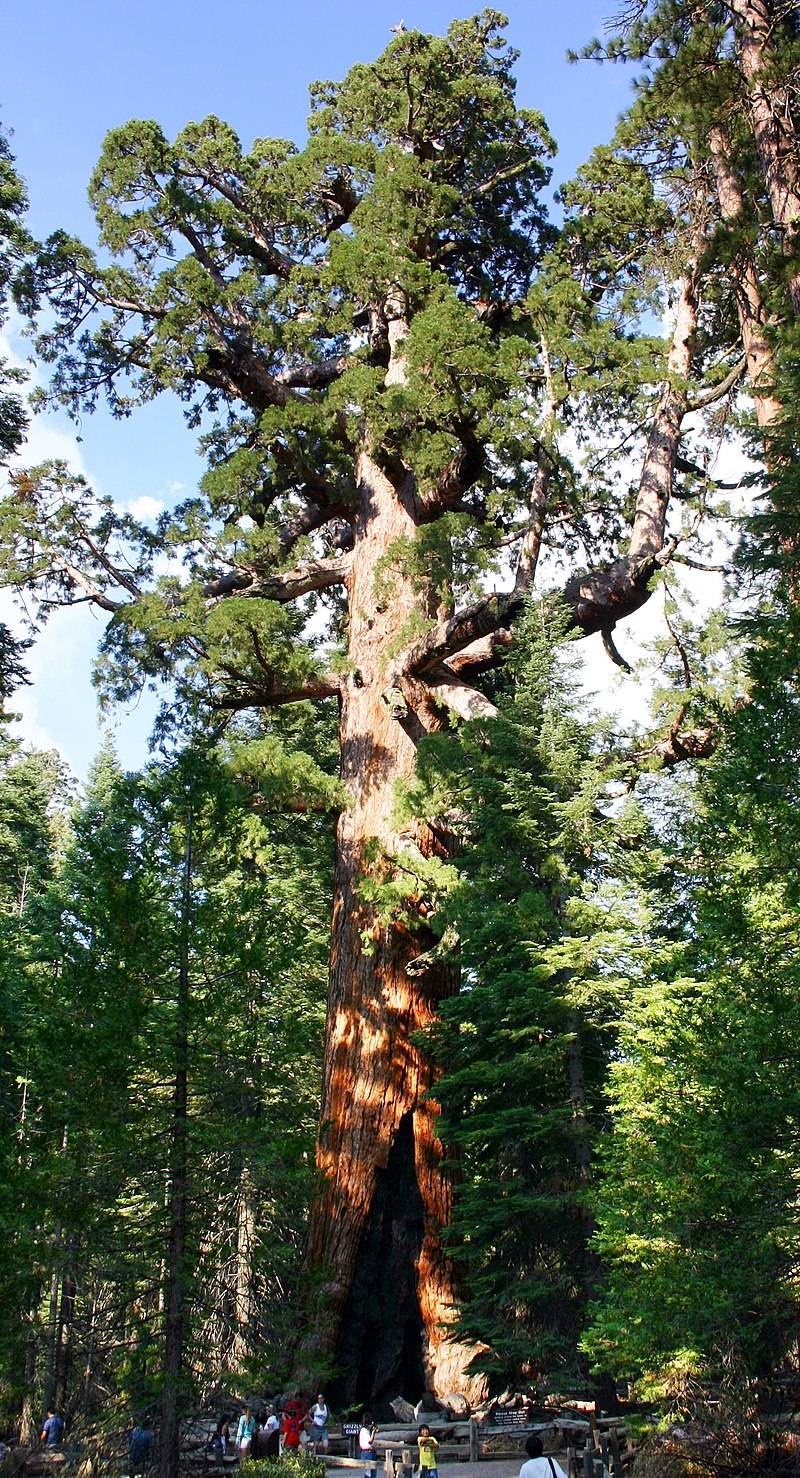How the Redwoods of California can benefit all humankind:
"The only way to survive is by taking care of one another" ~ Grace Lee Boggs
As the world struggles with pandemics and lockdowns, many of us are struggling too. Mostly, we are struggling to understand how we will ever get through these difficult times.
But it’s in times like these that we can learn a great lesson from Redwood trees and how they take care of each other…to help get through troubled days.
Giant Sequoia trees (sequoiadendron giganteum) - also known as Giant Redwoods - are the most massive species of tree on Earth, and along with their cousins, the Coastal Redwood (sequoia sempervirens), they are also the tallest.
But, although these majestic Redwoods are the oldest and most massive individual trees in the world, they remain strong…and grow stronger…by sharing,
How they do it:
1. A strong foundation
The Redwoods of California have surprisingly shallow root systems for trees so immensely huge (most of their root base remains 4 to 6 feet from the surface of the soil), but their roots spread wide and far and help the tree to survive by intertwining with the roots of the other trees around them.
Intertwined root systems provide stability to these mighty trees during strong winds, floods, and other fierce weather conditions. In times of extreme peril, Redwood trees quite literally hold one another up against the storm.
No matter how big any individual tree becomes, they stand stronger together.
2. They nurture and protect others beyond the span of their own life
Even in death, the rot-resistant taproot of a mature growth Redwood continues to both anchor and nourish the younger trees intertwined with the communal root system.
Long after any one tree has lived out its years, its root system will feed and support the community in which it rests.
3. They seek out…and work well with…their underground neighbours
In addition to the tremendous mechanical strength that the intertwined roots provide, the Redwoods link to one another by a vast network of mycorrhizal fungi.
This amazing family of fungi serves as the ‘internet of the woods’ and allows the trees to both access and share resources like nutrients and water. It also serves as a communications network, delivering warnings of impending insect attacks – not just from one tree to its immediate neighbours, but over huge distances.
The whole forest is linked by this amazing hidden fungal network, and the Redwoods take full advantage.

Bonus Fries…
Fun Facts about Redwoods:
The oldest living Giant Redwood, affectionately named ‘the President’, has been growing in the Santa Cruz mountains of California for 3,200 years, which means it was first turning its face to the sun during the reign of pharaoh Ramesses II.
Just north of San Francisco, an astounding Coastal Redwood, named ‘The Hyperion’, checks in at an amazing 380.1 ft high. That makes it 82 ft taller than the Statue of Liberty!!
‘General Sherman’, a Giant Redwood that dates back over 2,300 years, has a trunk girth measuring 103 ft, a full 18 ft more than the width of an NHL ice rink!!
More Amazing Trees:
In the White Mountains of California, you can also find the oldest living tree in the world: “Methuselah”. The Great Basin Bristlecone Pine (Pinus longaeva) is now 4,853 years old.
Like the ancient White Cedars (Thuja occidentalis) clinging to the face of the Niagara Escarpment here in Ontario, Bristlecone Pines remain relatively small in their great old age.
Unlike the massive Redwoods, they remain small over time because they limit their annual growth to only narrow strips of living tissue.
Their living bark does not surround the entire tree, and this limited, 'strip-bark morphology' means a tree that is often thousands of years-old, might only be the size of a small RV!
The Bristlecone Pine has another cool feature: it exudes little spots of resin onto its needles. These spots provide visual interest and give off a pungent “turpentine-like” aroma when touched - way cool (if you’re a Tree Nut like me).
Back in the day, I used to sell Bristlecone Pines (Pinus aristata) in the garden centre. I have a passion for all dwarf conifers and find them to be a good choice for small urban landscapes because they offer fantastic character, year-round interest, and small size!
In Canada’s great wilderness, there is a ‘Web of Life’ hidden in the soil. At Root Rescue, we help you unlock the power of that living web and help your garden thrive - naturally.
Are you ready to follow Mother Nature's lead in your garden or landscape? Try a free sample of Root Rescue today

